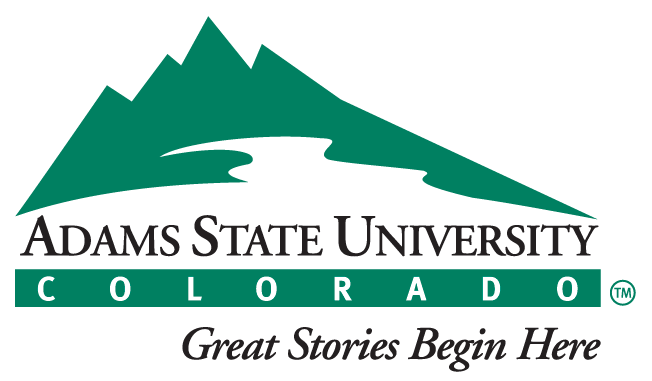It stands to reason that exceptional students develop into exceptional alumni. Case in point: Amber (Harlan) Price, M.D., Class of 2012. She entered Adams State as her high school’s valedictorian and outstanding female athlete, and as ASU’s 2007 Spud Bowl Queen. She’s just begun her medical residency, and is well on her way to achieving her childhood dream of becoming an orthopaedic surgeon.
But first, she will accept Adams State’s 2016 Exceptional New Alumna Award at the Homecoming Awards Banquet, October 28. Reservations for the banquet may be made by calling Gaylene Horning, 587-8110.
Dr. Price formed her life goal at age five, when she was injured in a farm accident and underwent multiple surgeries to save her feet. Having spent so much of her childhood in hospitals "brought to my perspective how much medicine can help people – it’s revolutionary," she said.
At one point in her third year of med school she thought about doing cardio-thoracic surgery. "I sat down and really looked at myself, my passion, and where I saw myself when I’m done with my residency and back in Colorado. I realized that orthopaedics was my first love, a love I would always have." She is leaning toward a specialization in trauma, sports, or upper extremity surgery.
She was in the first class of Porter Scholars, earning scholarships all four years as she worked toward her B.S. in cellular and molecular biology. Price epitomizes the talented students William ’51 and Joan Porter had in mind when they created the program for mathematics and science majors.
"The Porter Scholars program was important not just because of money or monetary gain; it was important because it surrounded me with people who were like minded." She said she misses the camaraderie of her undergraduate years. "We’ve all been successful, because of the smaller classes. Specifically in the science program, it’s very difficult to make it all the way through. But it teaches you how to teach yourself, which is very important in medical school. Your hand is not held at all; it’s up to you to learn the material."
Learn the material she did, graduating this past spring in the top 20 percent of her Creighton University School of Medicine class. Price went on to earn one of only five orthopaedic residencies at University of New Mexico Hospital, selected from among 700 applicants.
"Orthopaedics is very difficult to get into, and I feel very blessed," she said. "Creighton was wonderful to me. It was similar to Adams State, in that it is very personalized, not like a big university.
"I also miss the relationships I built with my professors at Adams State. They were all incredibly invested in each of us, and helped us to be successful. They kind of became surrogate parents, to be honest."
She was steered to Creighton, in Omaha, Neb., by Dr. Margery Herrington, ASU Emeritus Professor of Biology, who had worked closely with some of the teaching physicians there. Price remains in touch with mentors Dr. Benita Brink, professor and chair of the Biology/Earth Science Department, Emeritus Professor Brent Ybarrondo, and her research mentor, Dr. James Bedard (former faculty).
Price and Bedard conducted genomics research one summer at Washington University in St. Louis. "That was a huge factor in getting into med school – it was crucial. It made me competitive with students from large universities, and I wouldn’t have been able to do that without funding from Porter Scholars Program," she said.
At Creighton, she worked with Dr. Paul W. Esposito, a forerunner in his field who studies osteogenesis imperfecta, or "brittle bone disease," a genetic condition that afflicts children – melding both of Price’s medical interests.
Two years ago, Price returned to campus and told Adams State’s new Porter Scholars that all post-graduate work is hard. "But you can adapt. Have faith that Adams State has prepared you really well. The best advice I could give you is to work your butt off; it pays off."
She’s following her own advice in medical residency, which she began June 30 and will continue for five years. Interns like Price are "limited" to working 160 hours, often in 12-hour shifts, over a two-week span. It stands to reason that further success lies ahead for Price.


